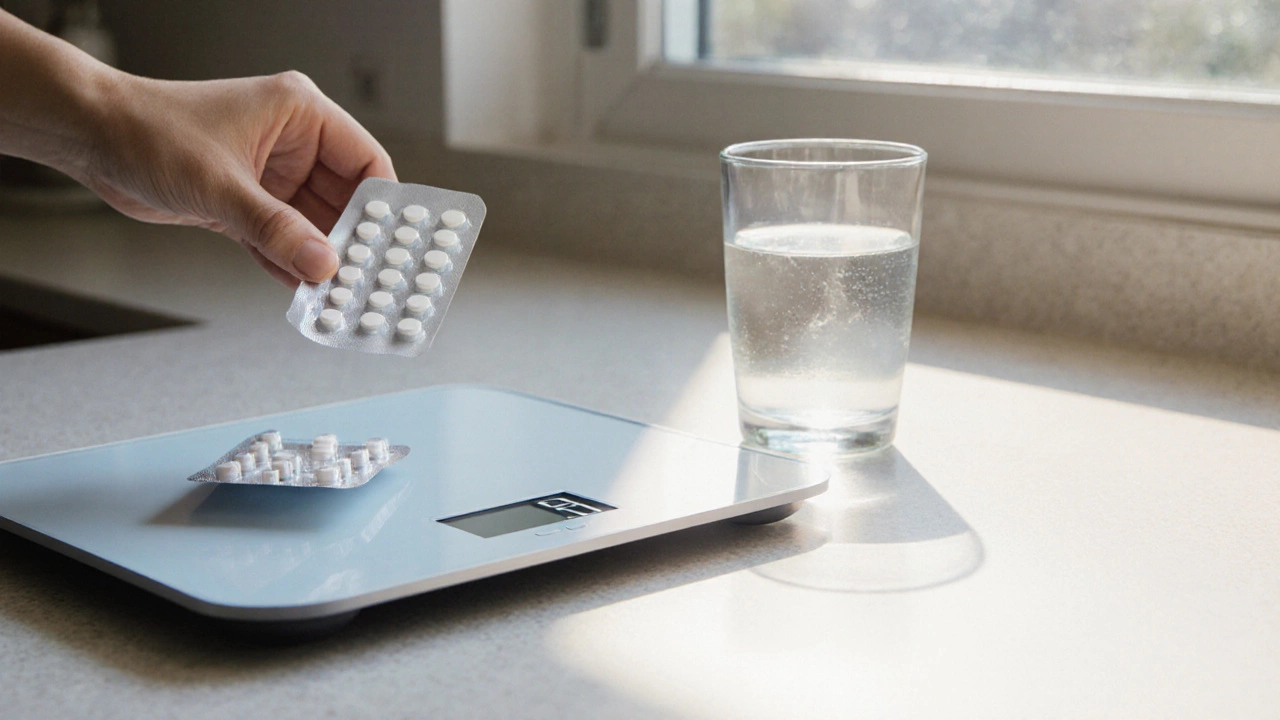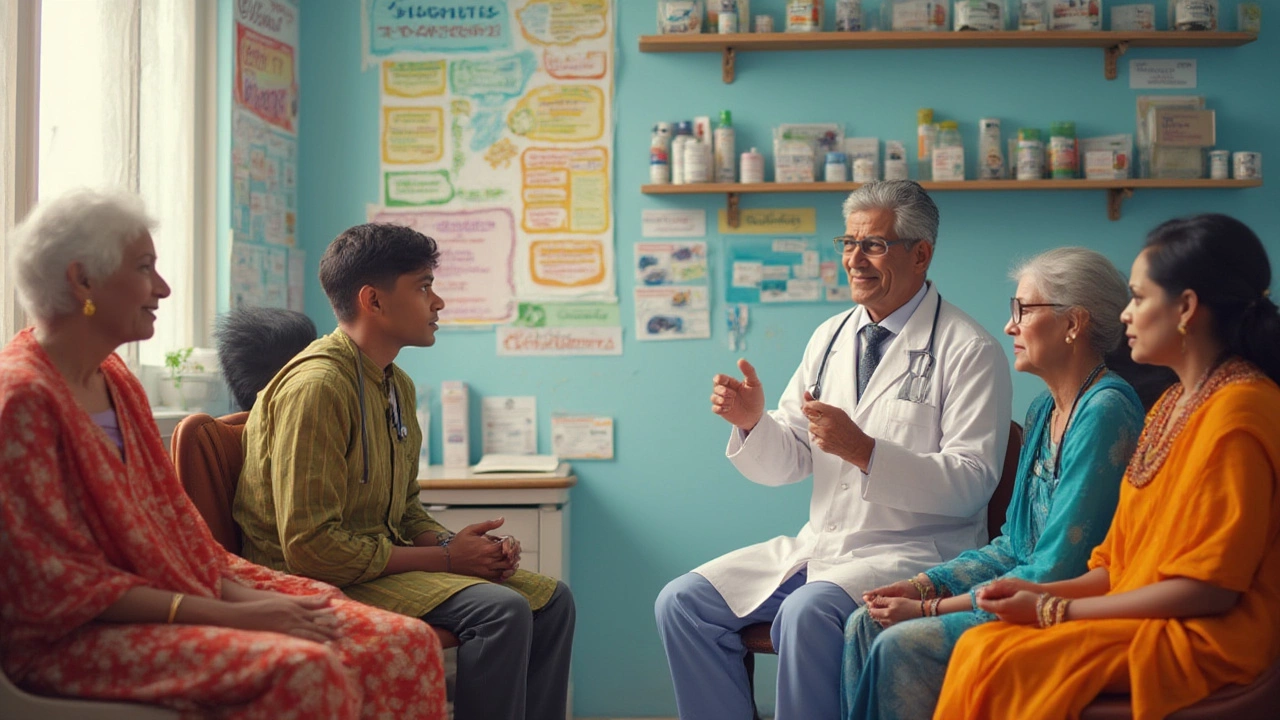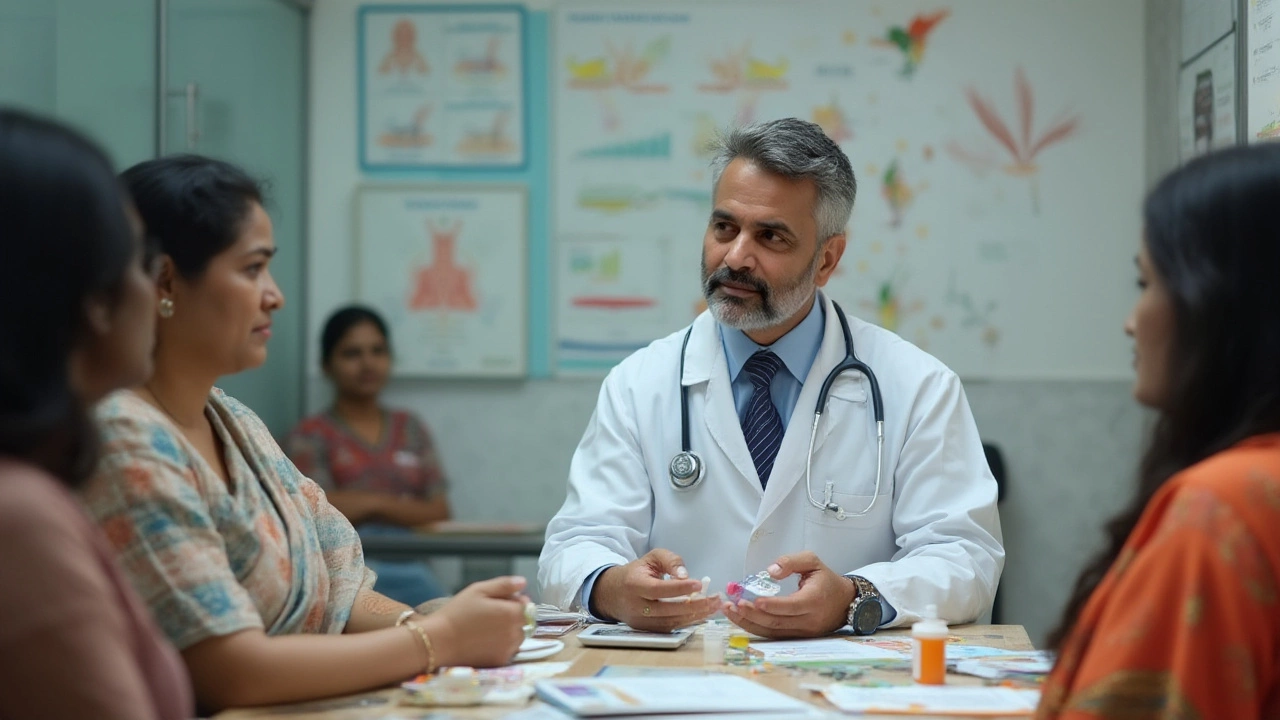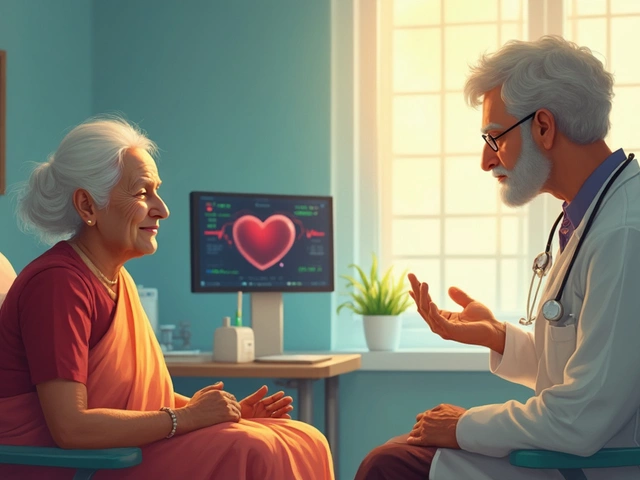Type 2 Diabetes Medication: What You Need to Know About Safety and Toxicity
If you’ve been diagnosed with type 2 diabetes, the first thing most doctors do is prescribe a pill or two. Those medicines can be lifesavers, but they also carry risks that many patients overlook. Knowing which drug can cause which problem helps you catch issues early and stay healthy.
Common Type 2 Diabetes Drugs and Their Risks
In India the most popular choices are metformin, sulfonylureas (like glimepiride), DPP‑4 inhibitors (sitagliptin), SGLT2 inhibitors (dapagliflozin) and GLP‑1 analogs (exenatide). Each works differently, and each has a side‑effect profile you should be aware of.
Metformin is usually the first line because it’s cheap and works well. The big fear is lactic acidosis – a rare but serious buildup of lactic acid in the blood, especially if you have kidney problems or drink a lot of alcohol. Most people just get mild stomach upset, which often fades after a few weeks.
Sulfonylureas boost insulin release. They’re effective, but they can cause low blood sugar (hypoglycemia) if you skip meals or combine them with alcohol. Watch for shakiness, sweating, or sudden confusion – those are warning signs.
DPP‑4 inhibitors are newer and generally gentle. Still, a small number of users report joint pain or skin rashes. If the rash spreads or you develop swelling, call your doctor.
SGLT2 inhibitors help the kidneys dump excess glucose in urine. They cut weight and lower blood pressure, but they also raise the chance of urinary tract infections and, in rare cases, a dangerous fungal infection called candidiasis. Dehydration is another concern, so keep an eye on how much fluid you’re losing.
GLP‑1 analogs mimic a gut hormone that tells your brain you’re full. They often cause nausea, vomiting, or diarrhea at first. A very small risk is pancreatitis – persistent abdominal pain that doesn’t go away should be checked right away.
How to Minimize Toxic Risks When Taking Diabetes Medication
Here are a few practical steps you can take right now:
- Know your kidney function. A simple blood test (eGFR) tells you if metformin or SGLT2 inhibitors are safe.
- Track blood sugar regularly. A handheld glucometer helps you spot hypoglycemia before it becomes a crisis.
- Stay hydrated. Especially with SGLT2 inhibitors, drinking enough water reduces infection risk.
- Report any unusual symptoms. Persistent nausea, severe stomach pain, or skin rashes deserve a quick call to your doctor.
- Combine meds wisely. Some combinations (e.g., metformin + sulfonylurea) increase hypoglycemia risk. Your pharmacist can flag dangerous mixes.
Don’t forget that lifestyle still matters. A balanced diet, regular walk, and proper sleep lower the dose you need, which in turn reduces side effects.
Finally, remember that Indian drug formulations sometimes differ in inactive ingredients, which can affect tolerability. If you notice new allergies or stomach issues after switching brands, ask your doctor about a different manufacturer.
Managing type 2 diabetes isn’t just about lowering numbers; it’s about staying safe while you do it. By understanding each medication’s risk profile and keeping an eye on your body, you’ll be better equipped to enjoy a healthier life.

Metformin Weight Loss Timeline: How Fast Can You See Results?
Discover how fast you can lose weight on metformin, the factors that speed or slow progress, and practical tips to get results safely.

Strongest Diabetes Medicines: What Really Works in 2025?
Explore the most powerful medicines for diabetes, including who they help, how they work, and which are considered strongest by recent research and doctors.

Top Alternatives to Metformin: What Doctors Are Prescribing for Diabetes in 2025
Metformin isn’t the only pill in town for diabetes. Discover what medications doctors in India are now prescribing instead of metformin to manage type 2 diabetes.




